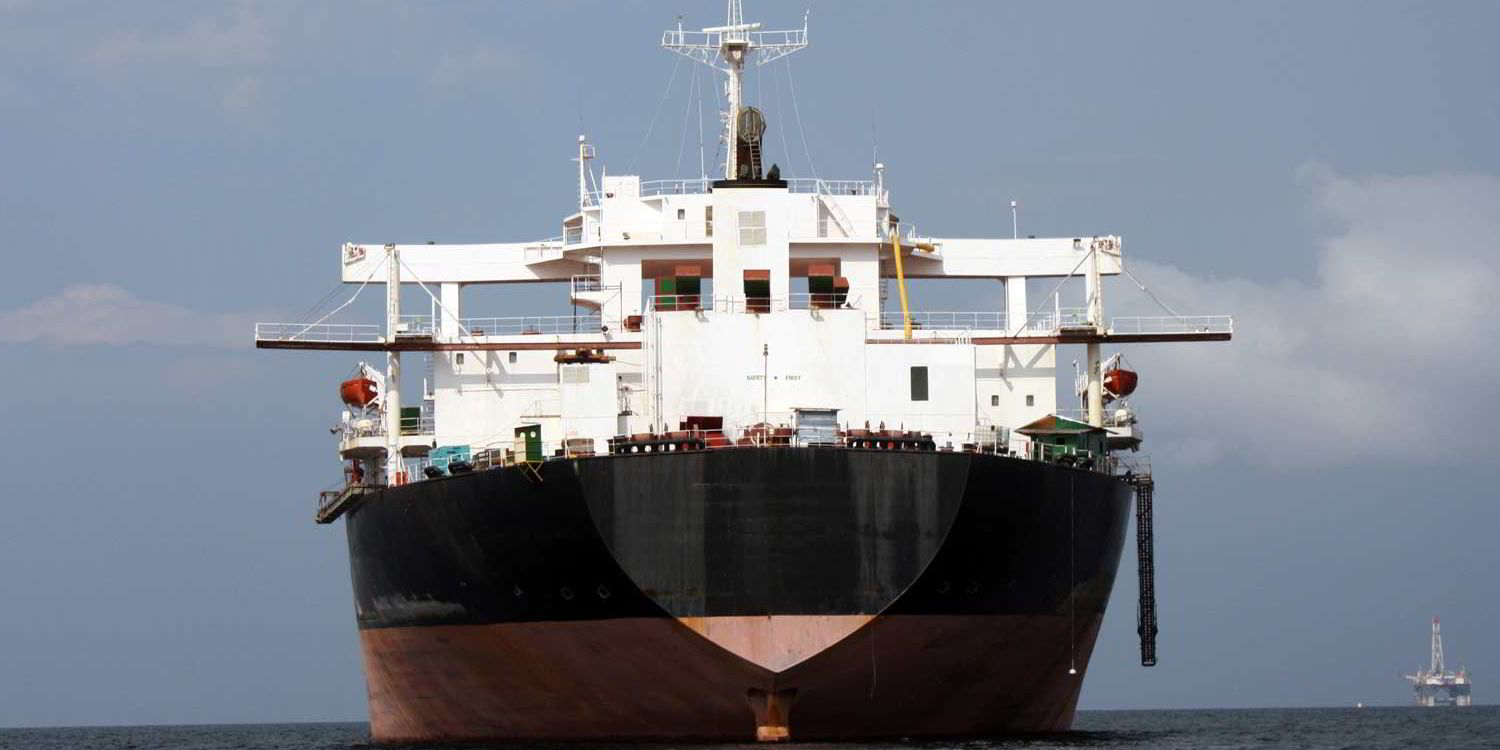In a client briefing published Monday morning forecasters at RS Platou Markets pointed out that asset values in many corners of the segment are still falling.
In the same alert they also noted that fixture activity has been extremely low as of late due to Lunar New Year celebrations in China and other parts of Asia.
While many capesize bulkers are losing money the analysts do not believe owners will be forced to lay-up tonnage if day rates fail to rebound in the near-term.
“There is still a lot of hope in the industry for improved rates after the Chinese New Year, hence nobody would probably consider laying-up their ship before seeing what the market has to offer in coming weeks,” they explained.
“Also, when in lay-up, owners would still have to cover insurance and a skeleton crew. The theoretical lay-up point is when rates are lower than the sum of OPEX and the cost of idling (likely to be at least $1,500 per day for a capesize).”
The forecasters argued that capes will start to “anchor up in earnest” if day rates fall below the $5,000 mark in the coming weeks.
Asset values
“Last week, brokers shaved off another 3% for capesize and 5% for supramax vessels,” they continued in reference to asset values.
“Brokers now quote five-year-old capesize vessels at $33m. In our view, there is still another 10% downside given the historical relationship between one-year time charter rates and asset values.”
RS Platou believes lacklustre day rates and asset values are a reflection of what they described as a “massive inventory adjustment in China”, coupled with the pace of newbuilding deliveries.
Hope on the horizon
While the near-term forecast for many corners of the dry-bulk market looks grim the firm’s equity analysts note that demolition activity is on the rise.
Today they mentioned that 28 bulkers with a combined carrying capacity of roughly 2.13 million dwt were sold for recycling last month alone.
“Scrapping of dry-bulk vessels is picking up significantly and fewer owners are likely to order new vessels from ship yards, hence fleet growth is likely to slow significantly in coming years,” they added.
“This should result in improvements but the pace of recovery could take a while and in the meantime weak cash flows represent a material risk for companies with many vessels on the water and unfunded newbuilds on order.”



